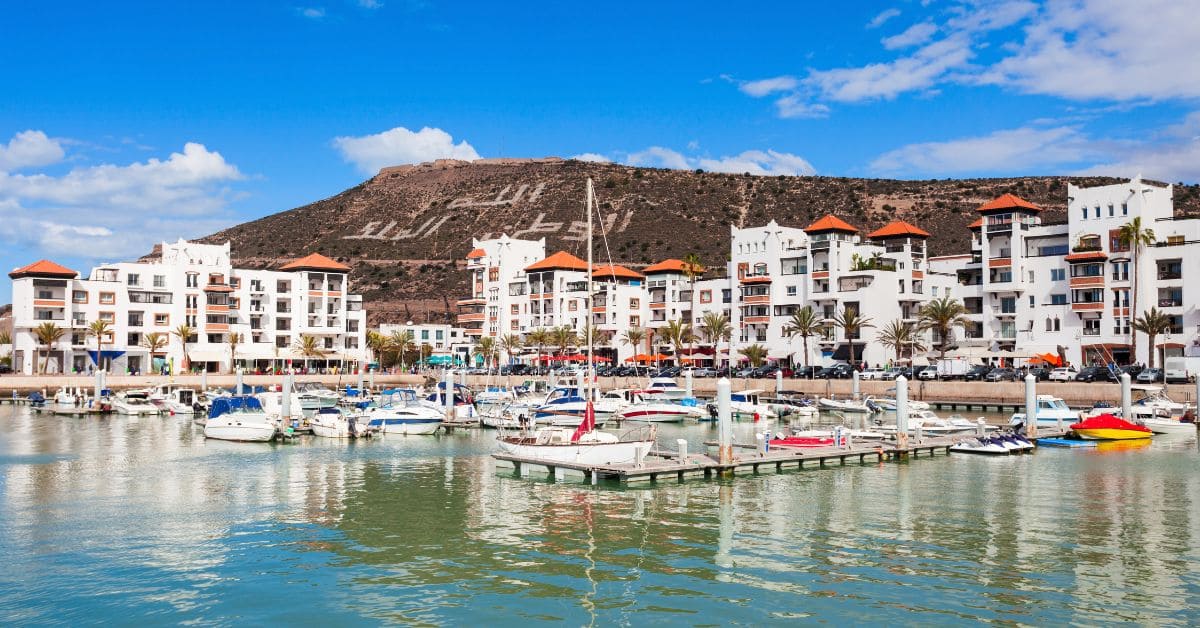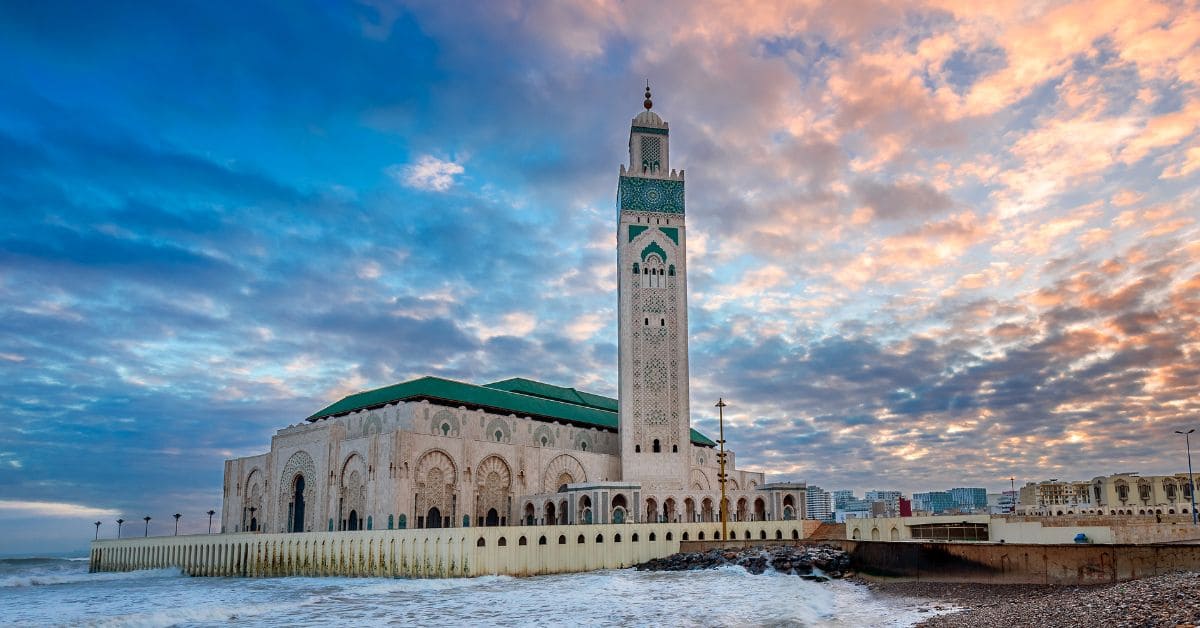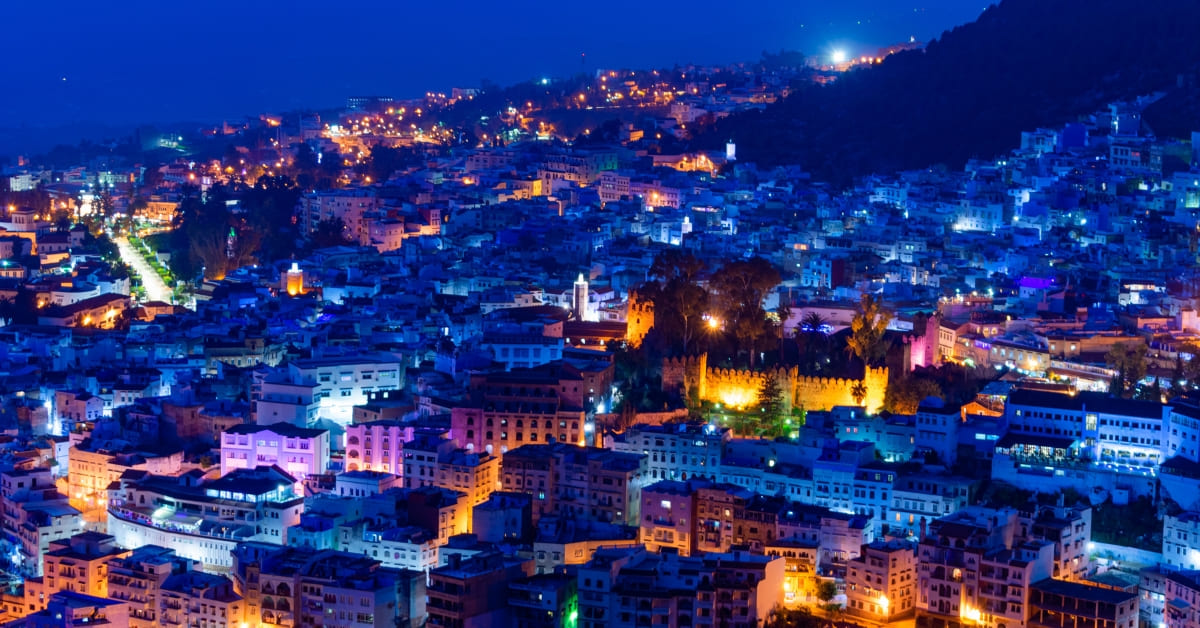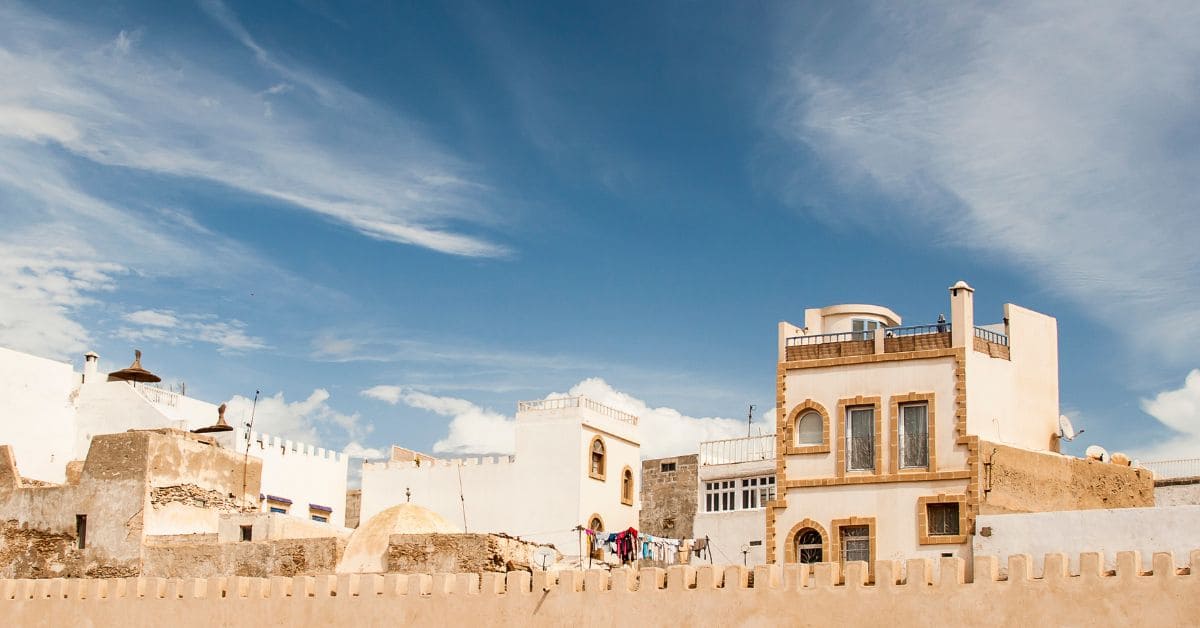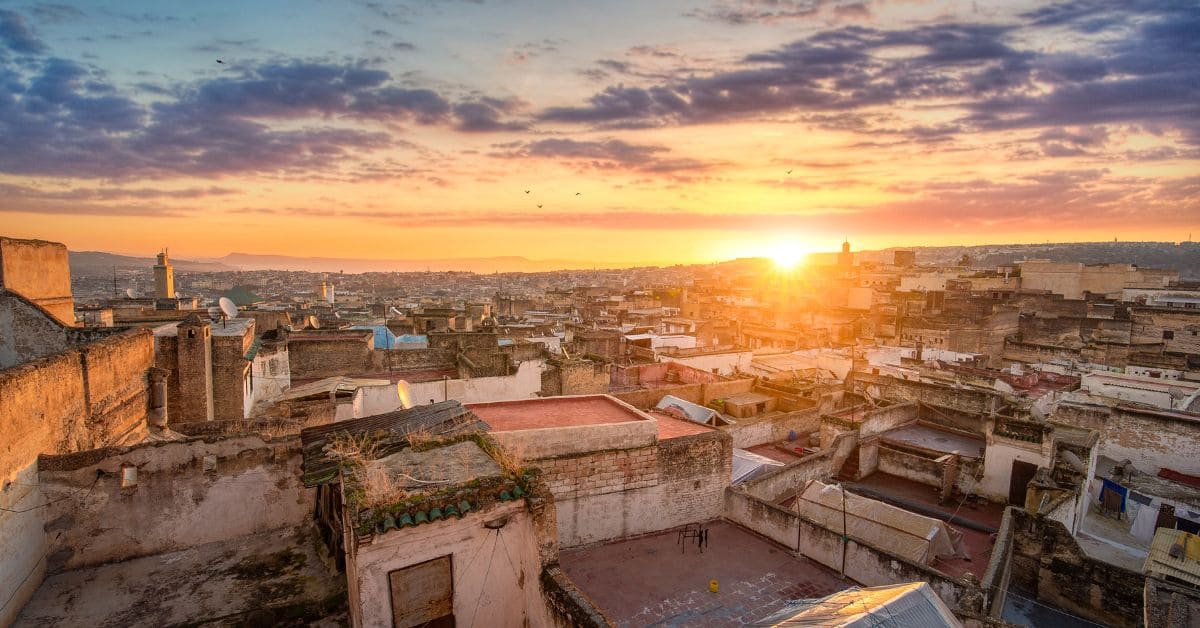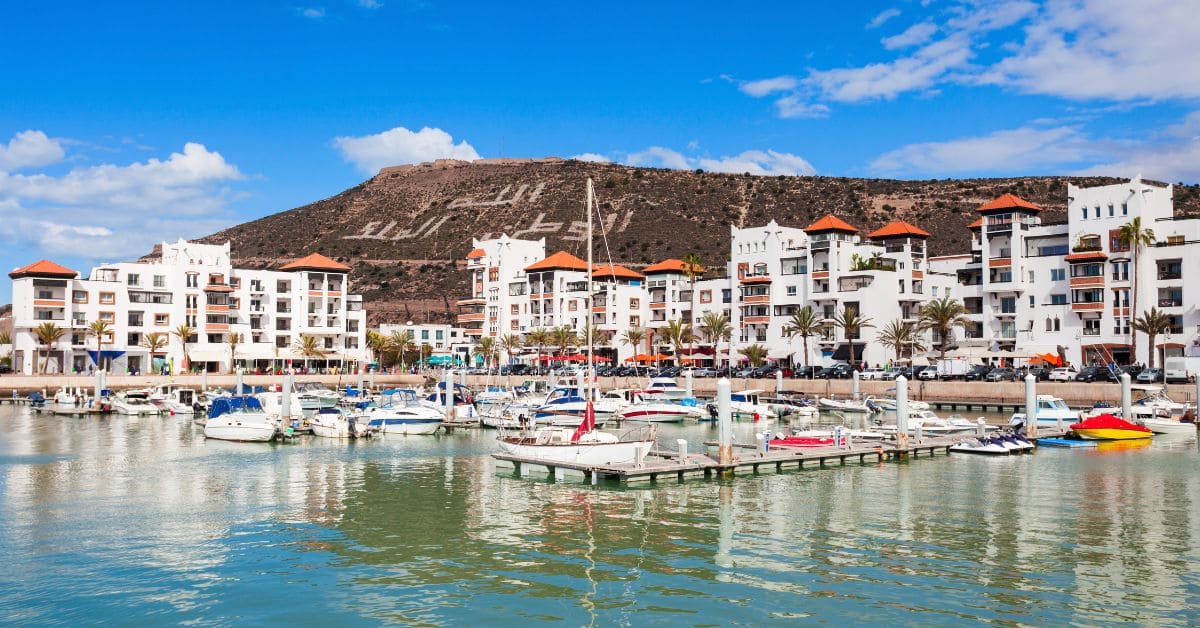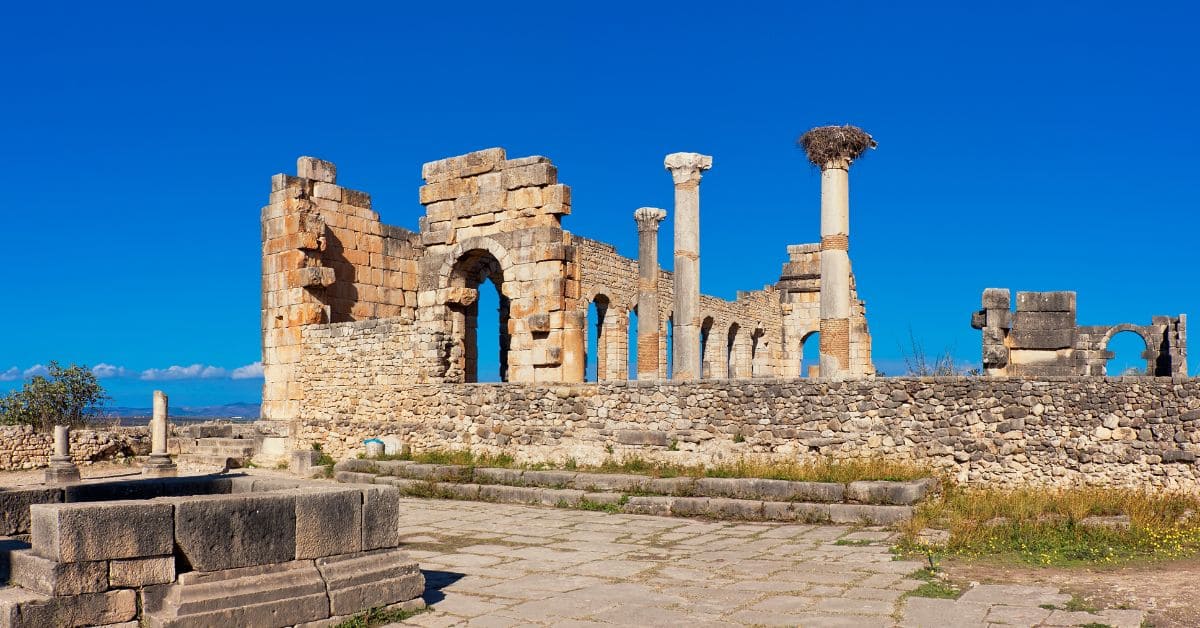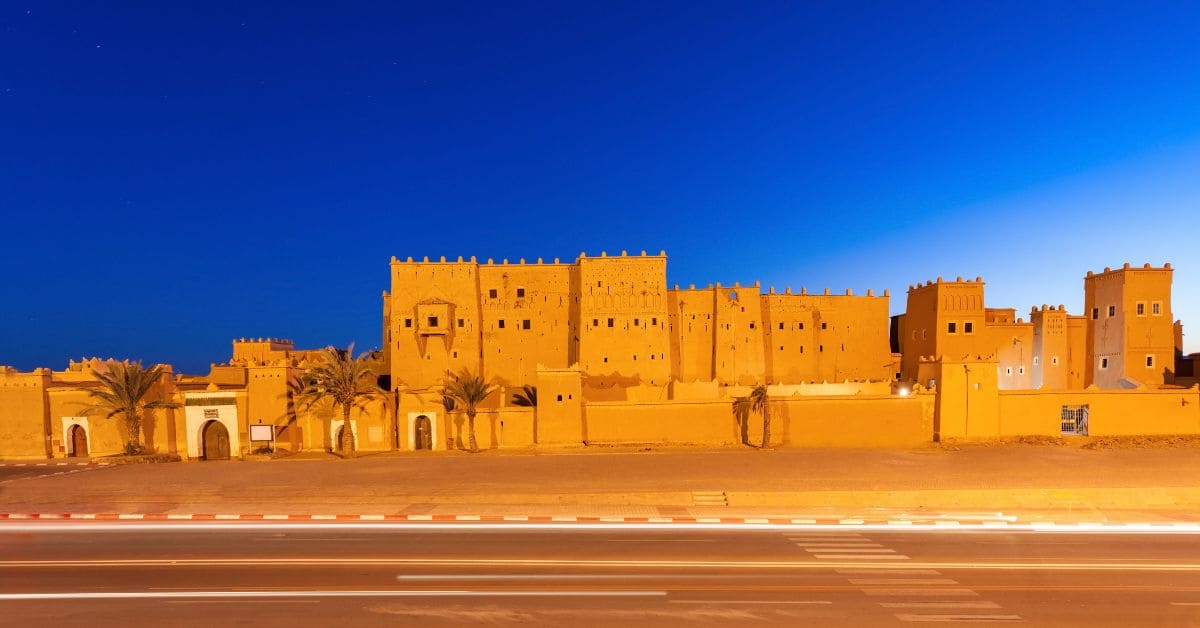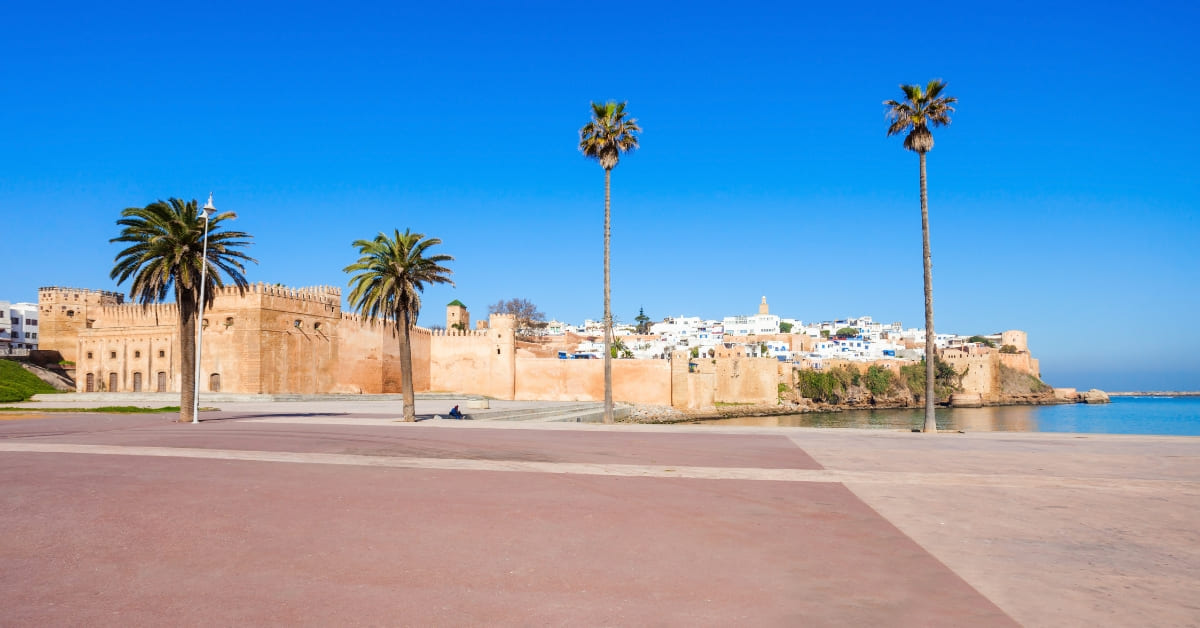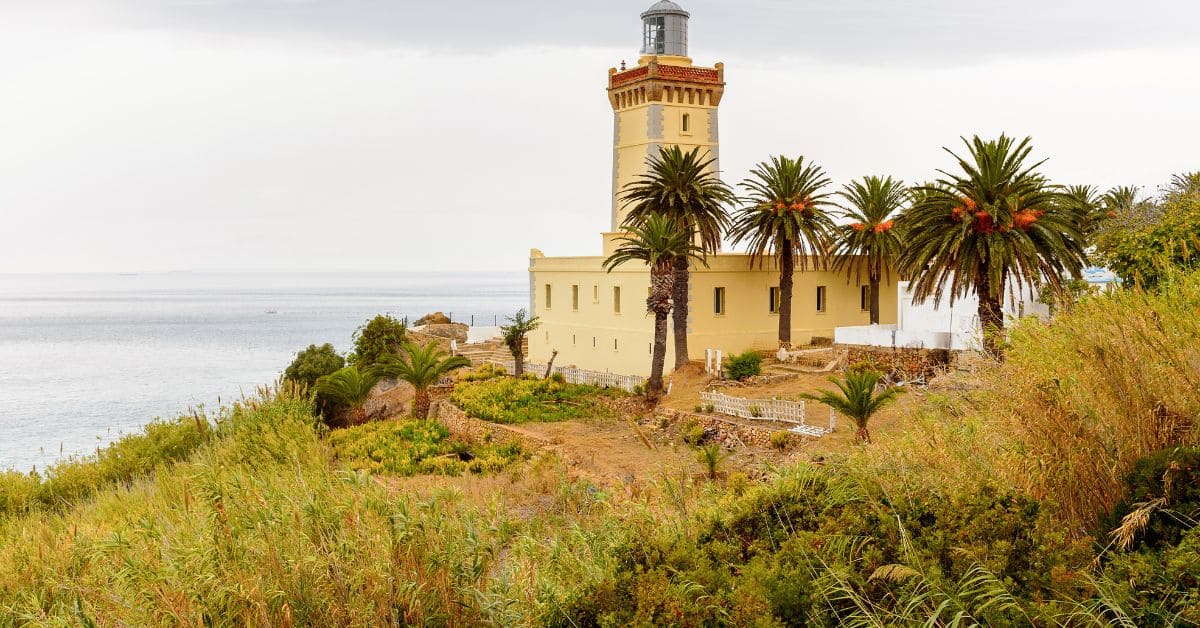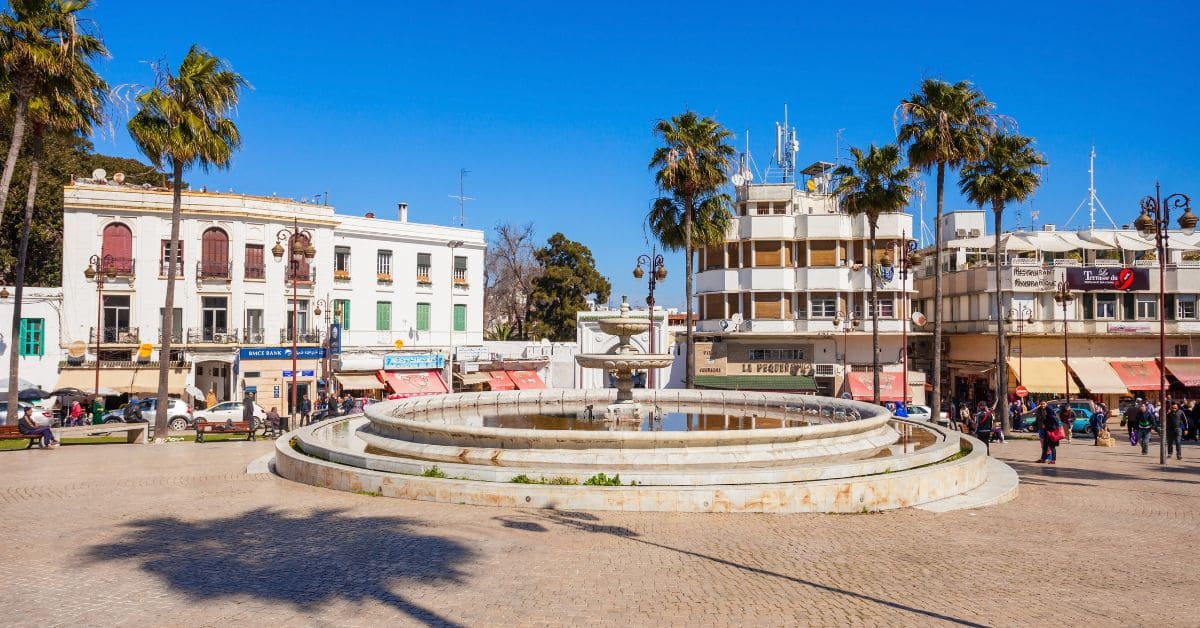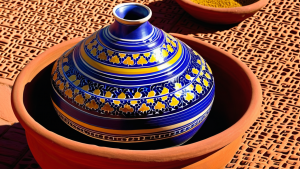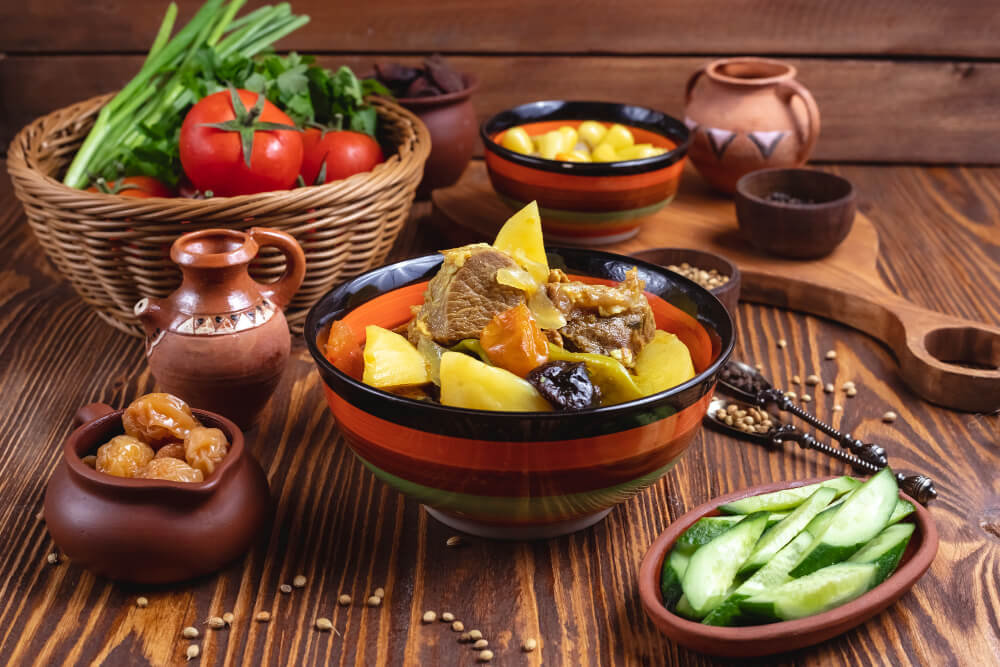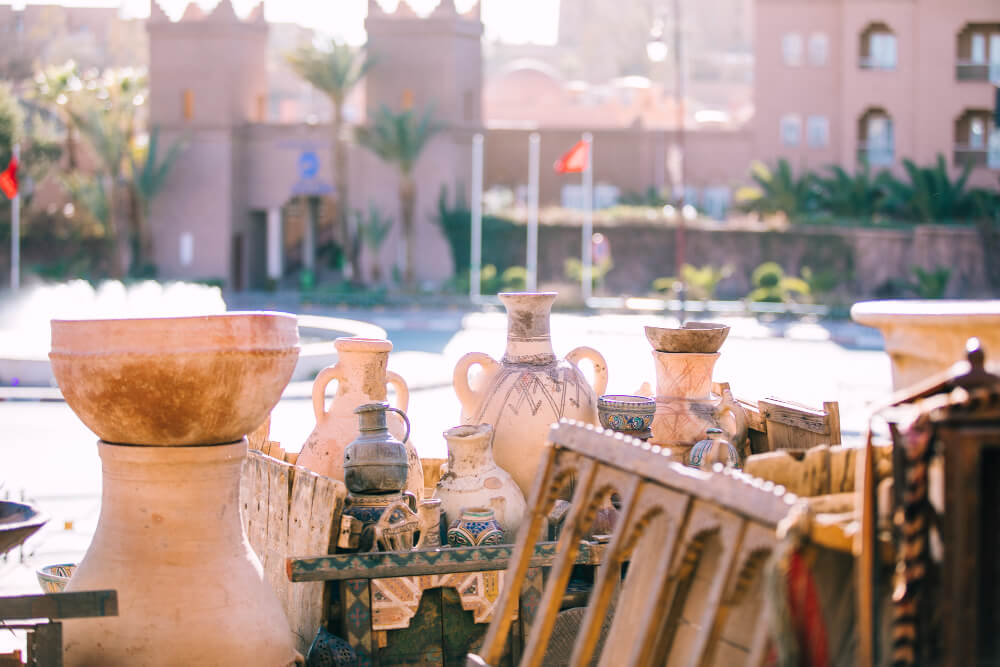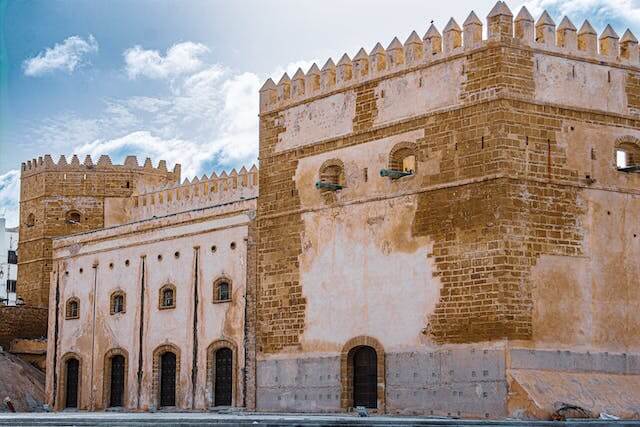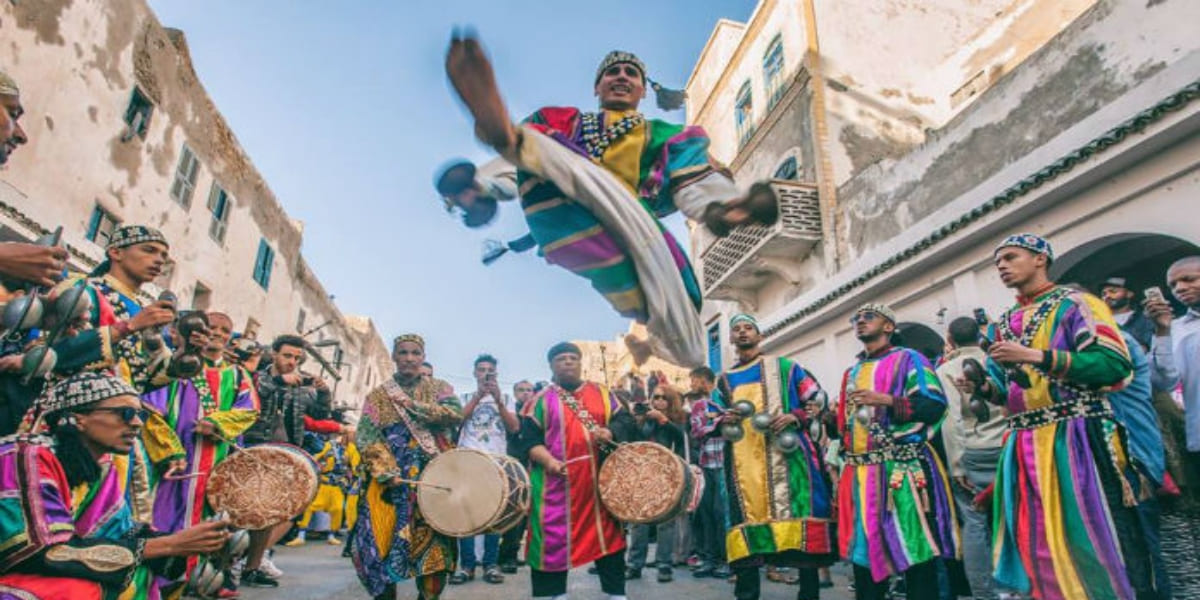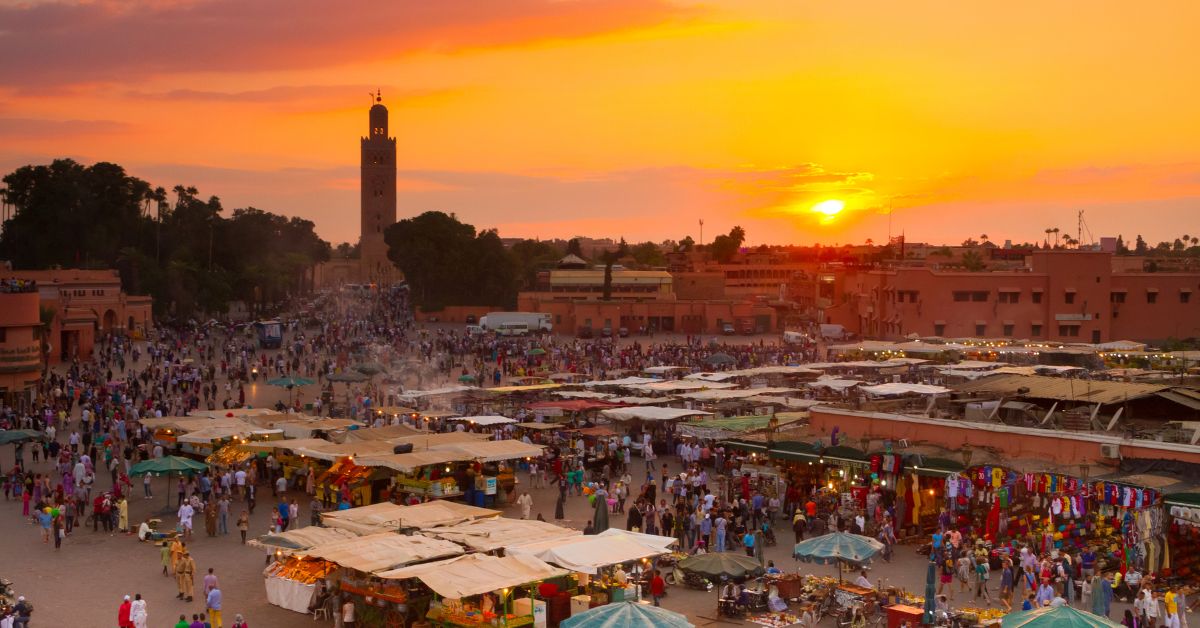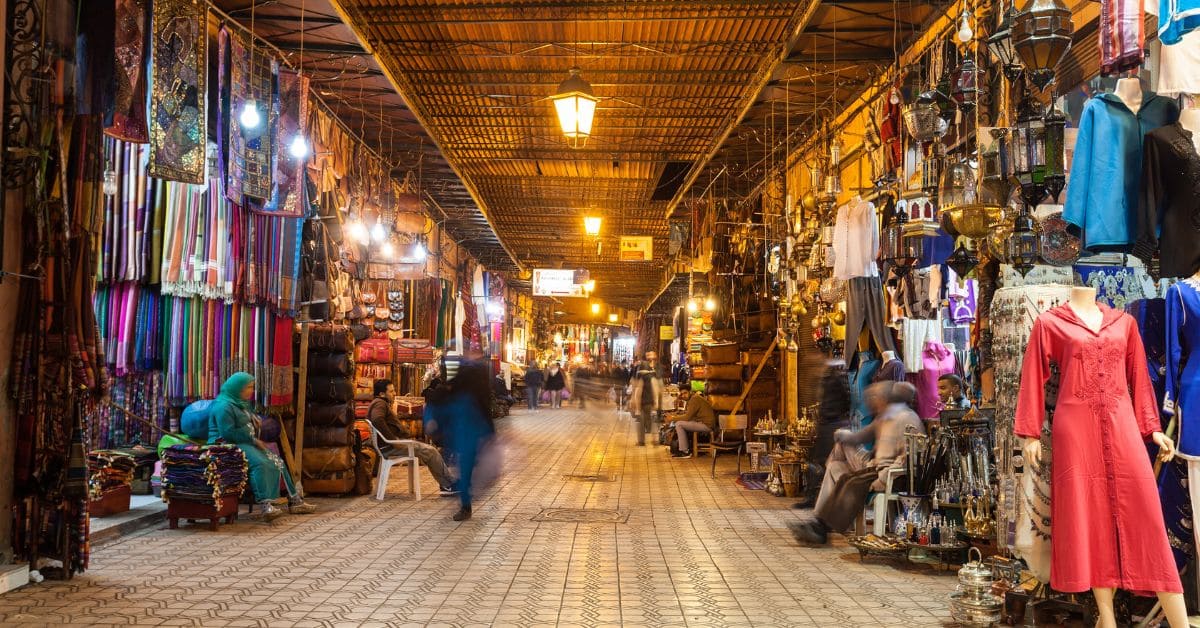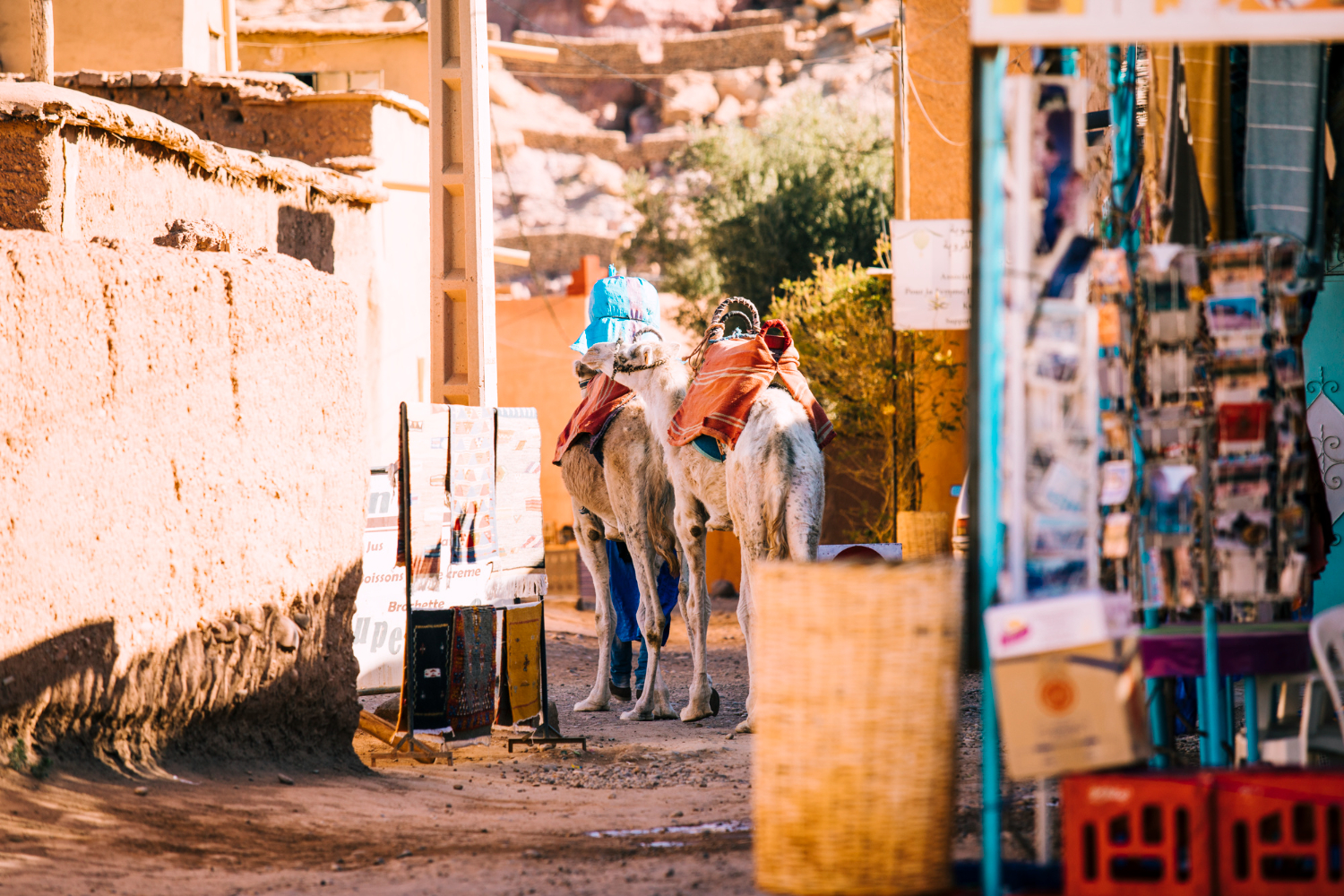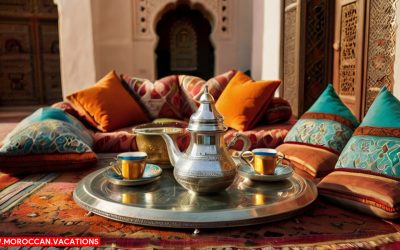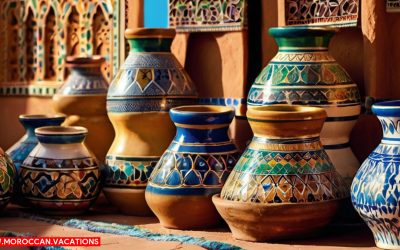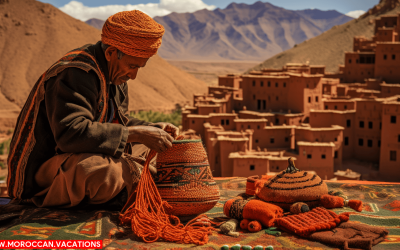Origins of Marrakesh’s Hammams
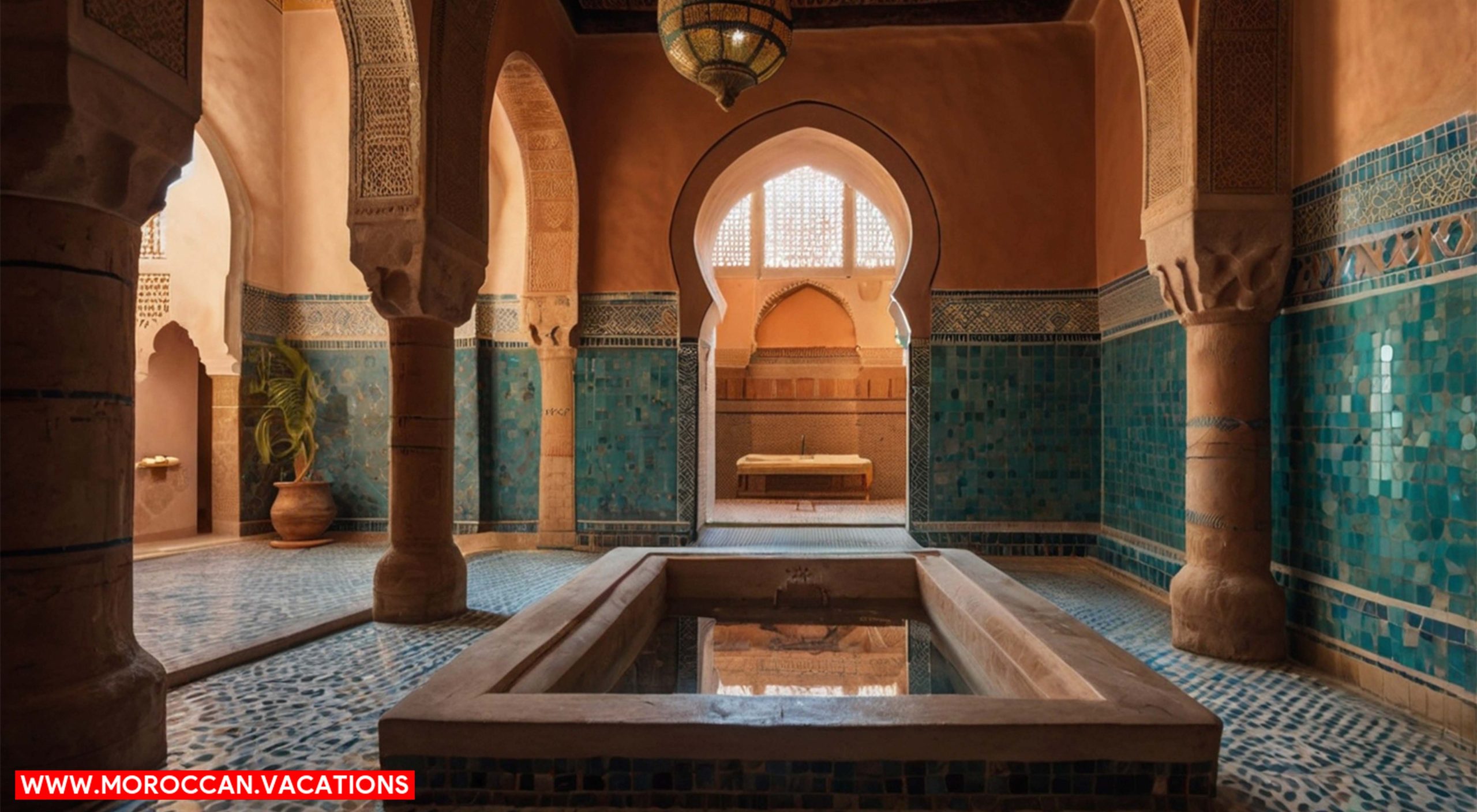

Architectural Beauty of Hammams in Marrakesh
Marvel at the architectural beauty of the hammams in Marrakesh, where intricate tilework, vaulted ceilings, and beautifully carved wooden doors transport you to a bygone era. These hammams are not only places of relaxation and cleansing but also architectural wonders that showcase the rich heritage of Marrakesh. With their stunning design and meticulous craftsmanship, they serve as a testament to the city’s commitment to cultural preservation and architectural heritage. The hammams in Marrakesh are adorned with elaborate tilework, known as zellij, which features intricate geometric patterns and vibrant colors. Each tile is carefully placed by skilled artisans, creating a mesmerizing visual display that reflects the city’s artistic tradition. The vaulted ceilings, often made of brick or stone, add a sense of grandeur to the space, while also providing structural stability. The arched doorways, with their beautifully carved wooden details, are not only aesthetically pleasing but also symbolize the entrance into a realm of relaxation and rejuvenation. These hammams, with their architectural beauty, serve as a reminder of the importance of preserving cultural heritage. Marrakesh has made significant efforts to protect and restore these historical bathhouses, ensuring that future generations can continue to appreciate their architectural significance. By maintaining the integrity of these structures, Marrakesh is able to celebrate its past while also embracing the future.Traditional Rituals and Customs in Hammams
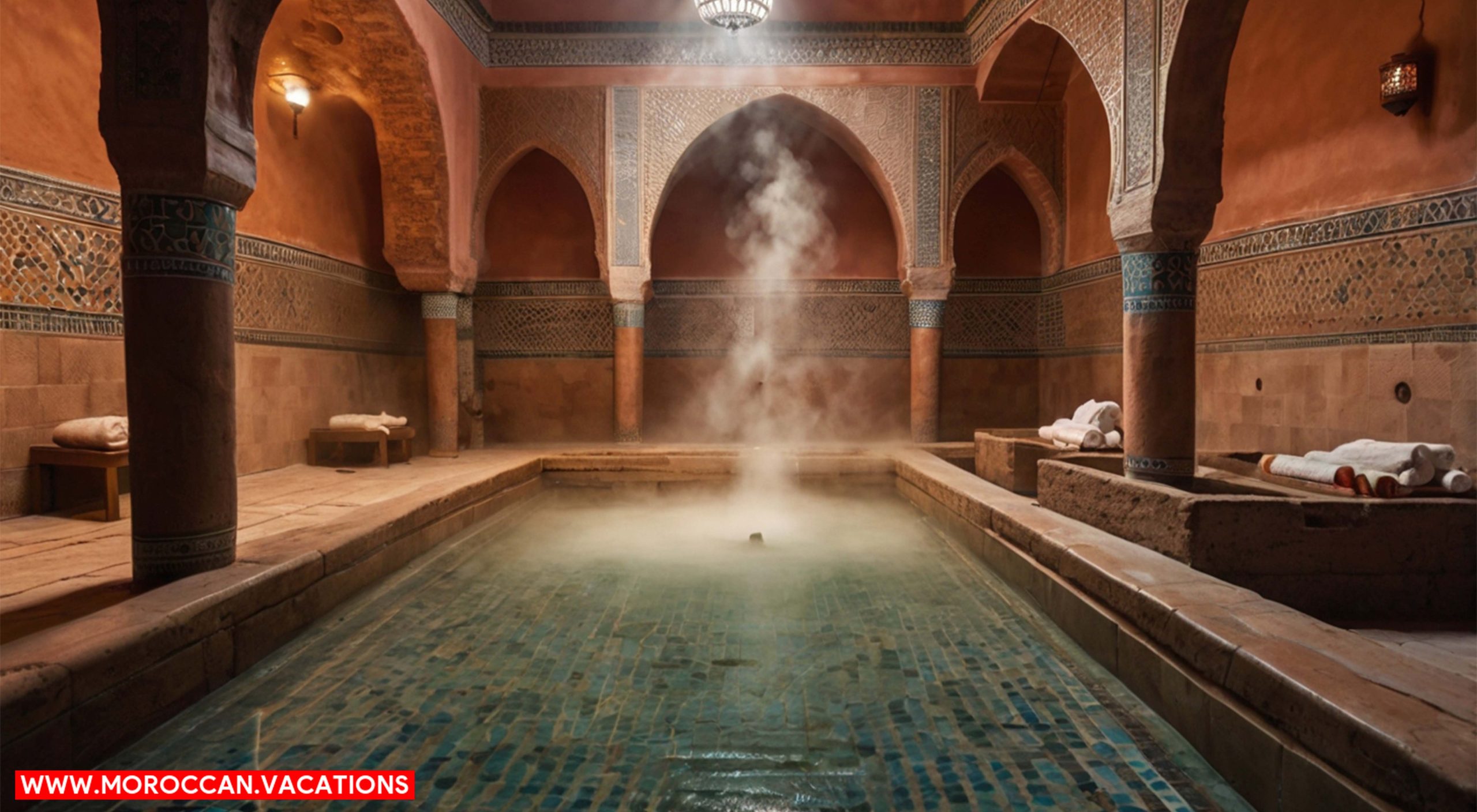

Significance of Hammams in Moroccan Culture
Hammams hold a significant role in Moroccan culture, serving as communal spaces for cleansing, relaxation, and socialization. These bathhouses have a long and rich history, dating back centuries. They were not only a place for physical cleansing but also a hub for cultural rituals and traditions. Historically, hammams were an integral part of Moroccan society. They were not only places to cleanse the body but also served as meeting points for friends and neighbors. People would gather in the hammams to catch up, exchange news, and strengthen social bonds. The hammams were considered a vital part of the community, promoting a sense of togetherness and belonging. Cultural rituals were also an important aspect of hammams in Moroccan culture. These rituals included scrubbing the body with a special glove called a kessa, applying black soap made from olives, and being massaged with argan oil. These practices were not only for physical purification but also had a symbolic meaning, representing the cleansing of the soul and the washing away of negative energy. The historical significance of hammams in Moroccan culture cannot be overstated. They have played a central role in fostering community connections, promoting relaxation, and preserving cultural traditions. Today, hammams continue to be an important part of Moroccan life, providing a unique and cherished experience for locals and tourists alike.Must-See Hammams in Marrakesh
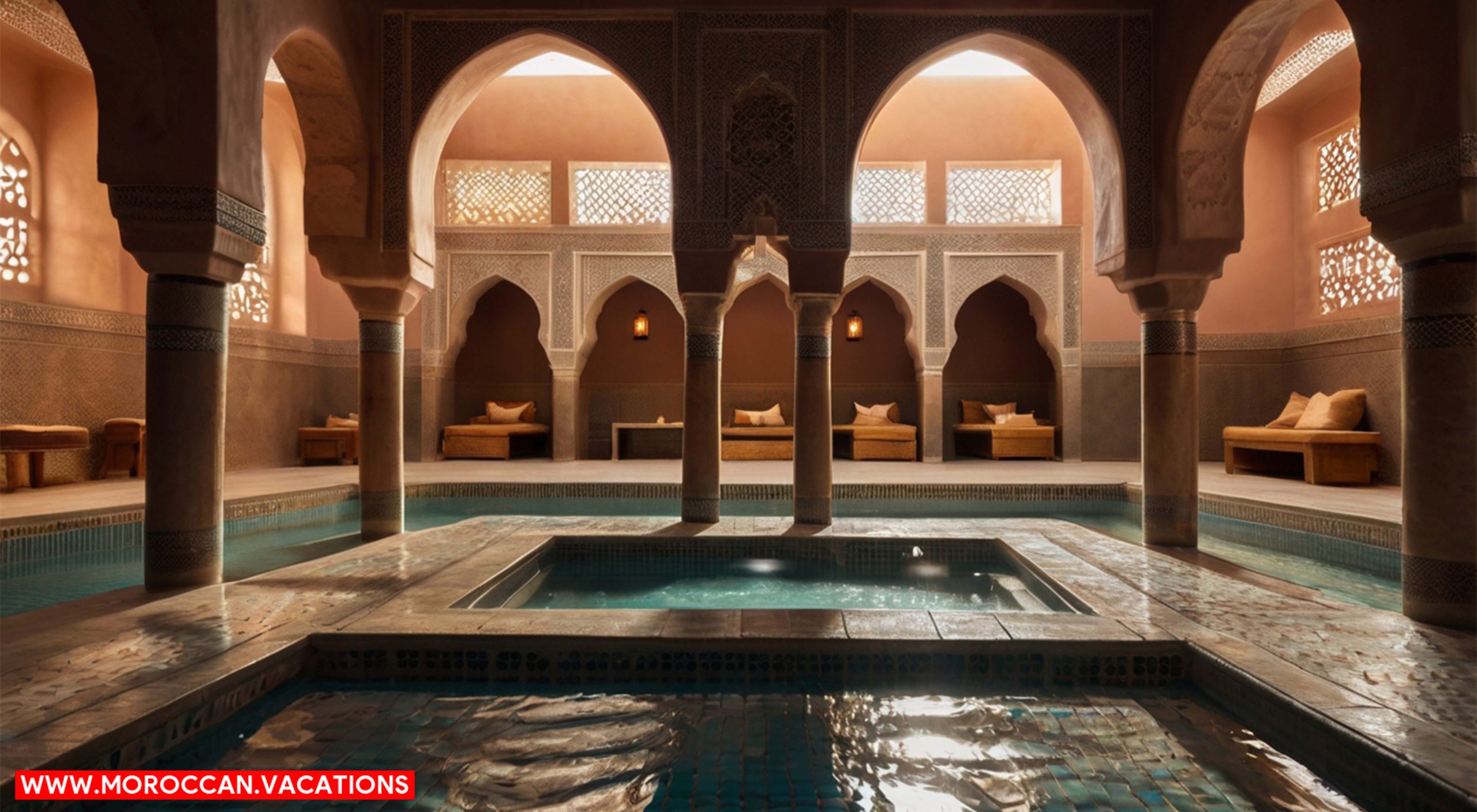

Unique Features of Marrakesh’s Hammams
One remarkable feature of Marrakesh’s hammams is their intricate tilework, adding a touch of beauty and elegance to these historical bathhouses. The cultural traditions and historical significance of Marrakesh’s hammams are reflected in the stunning craftsmanship of their tilework. Each tile is carefully handcrafted and placed to create intricate patterns and designs that are truly mesmerizing. The vibrant colors and intricate geometric patterns are a testament to the rich cultural heritage of Morocco. To further illustrate the unique features of Marrakesh’s hammams, let’s take a closer look at the table below:| Feature | Description |
|---|---|
| Architecture | The hammams in Marrakesh are known for their stunning architecture, with domed ceilings, arches, and intricate stucco work. The design reflects a blend of Islamic and Moroccan architectural styles. |
| Steam rooms | The steam rooms in Marrakesh’s hammams are an essential part of the bathing experience. They are designed to create a relaxing and rejuvenating atmosphere, with steam generated by hot water poured over heated stones. |
| Exfoliation | One of the unique features of Marrakesh’s hammams is the traditional exfoliation process known as “gommage.” Skilled attendants use a special glove called “kessa” to scrub the body and remove dead skin, leaving the skin soft and smooth. |
| Mosaic pools | Many hammams in Marrakesh have beautiful mosaic pools where visitors can relax and unwind. The pools are often adorned with colorful tiles and surrounded by ornate columns, creating a tranquil oasis. |
| Ornate details | Marrakesh’s hammams are known for their intricate details, such as carved wooden screens, decorative plasterwork, and stained glass windows. These details add to the overall beauty and charm of the bathhouses. |
Tips for a Memorable Hammam Experience in Marrakesh
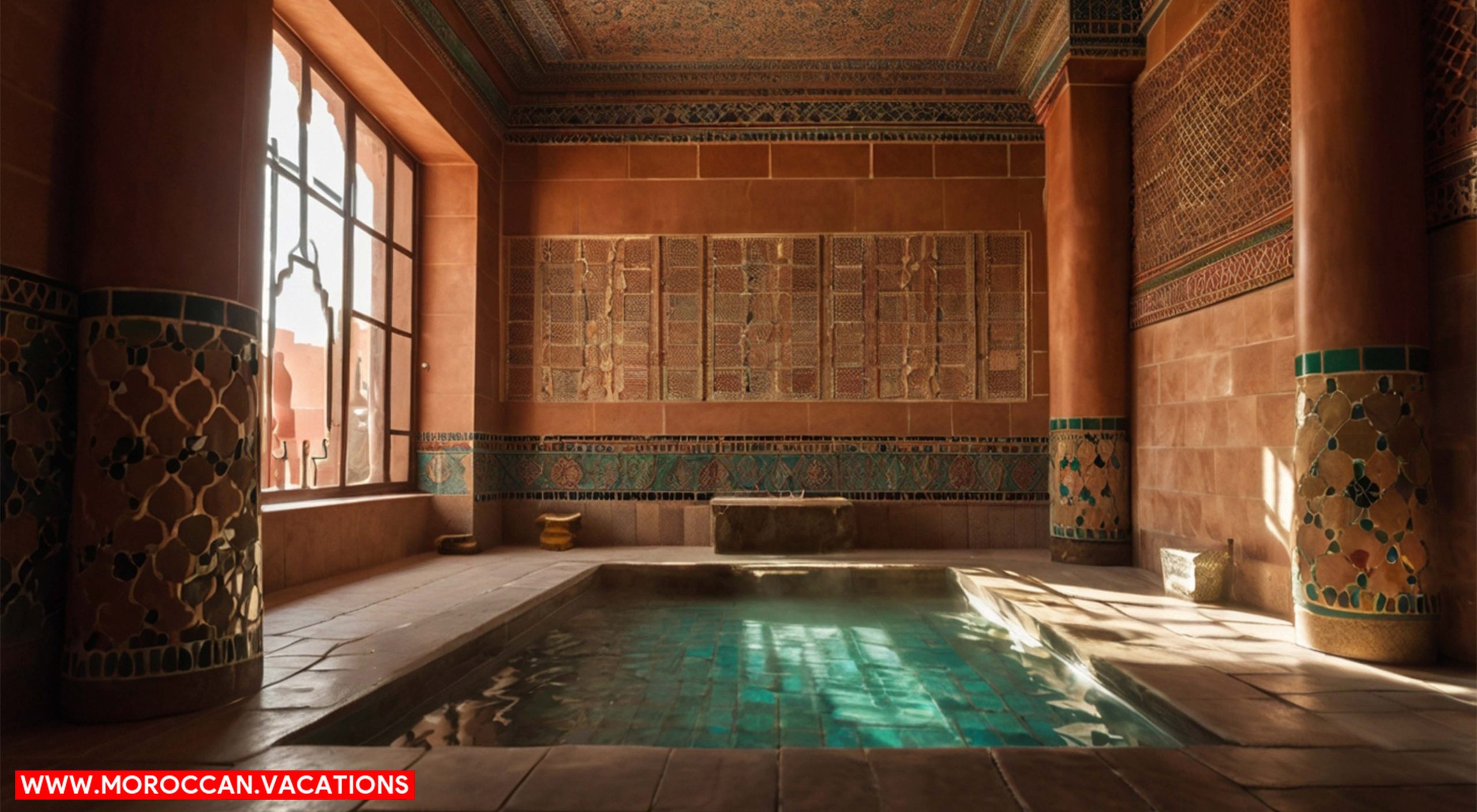



Samira Amrani
The passionate author behind Moroccan Vacations, sharing her expertise and love for Moroccan culture, cuisine, and travel experiences to inspire wanderlust in every reader.
Related Articles
Moroccan Tea Culture: The Art of Mint Tea and Socializing
The Origins of Moroccan Tea Imagine yourself sitting in a bustling Moroccan café, the air thick with the aroma of mint tea. The clinking of glasses and laughter fill the air as people gather to socialize and connect over this cherished beverage. Moroccan Tea Culture:...
Cultural Experiences: Local Artisans and Their Crafts in Dades Valley
Dades Valley: A Cultural Overview You're about to embark on a vivid journey, exploring the heart of Dades Valley. Here, 60% of residents are skilled artisans. As you wander, you'll feel the pulse of centuries-old traditions alive in their crafts. You're not just...
Cultural Heritage: Preserving Traditions in Dades Valley
Explore the rich tapestry of cultural heritage and time-honored traditions nestled in the breathtaking Dades Valley. Immerse yourself in a journey of preservation and discovery.

